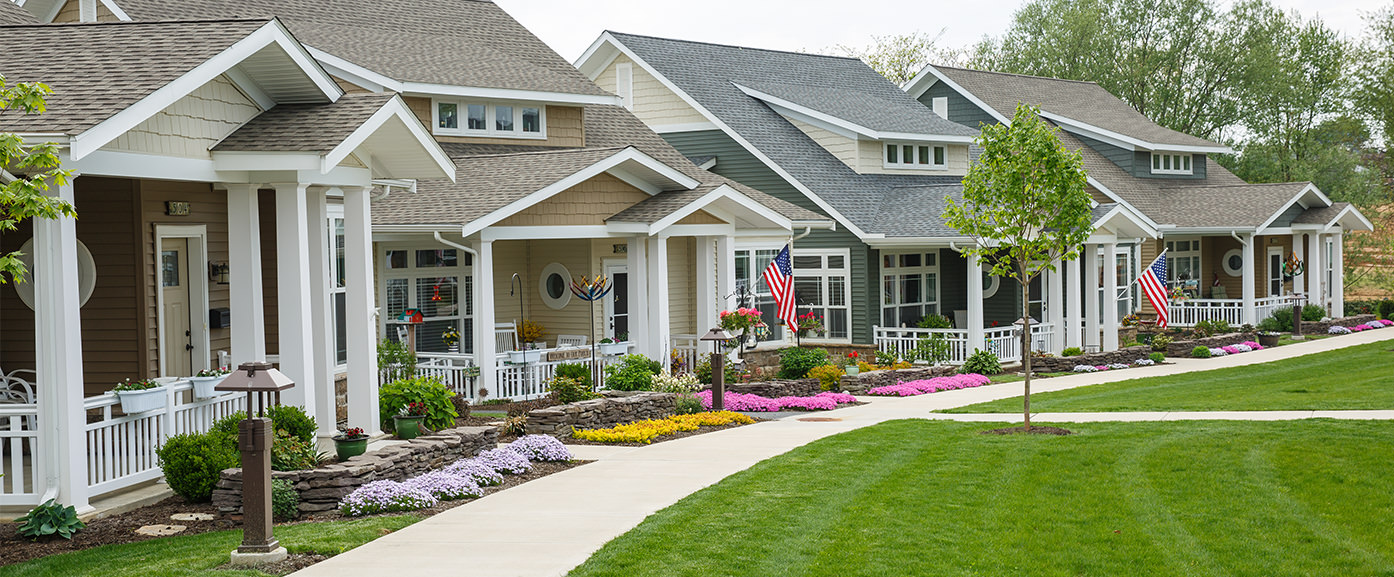
Written by Scott Miller
Last week a woman named Brenda bought my 2005 Toyota Corolla. We met at the local notary office to transfer the title. Her son, Jim, who is in his mid-to-late 30s was with her. Jim had recently bought a house in the same development where I live. He offered to give me a ride home because we live less than a quarter of a mile apart.
As we pulled into the development, Jim pointed, saying, “That’s my house right there.” He followed up with, “The people on this end of the development don’t really talk to each other very much.” I responded, “Yeah, it’s the same up in my end of the development. We’ll wave to each other or say hello but that’s about it.”
Two elements of this short exchange are interesting to me: the first is Jim’s comment that his neighbors don’t engage each other; the second is my sense that his comment suggests he wishes they would. I was a complete stranger. We’d met only 10 minutes before and had a chance to talk because of a 5-minute car ride. During that time he expressed, in not so many words, feelings of loneliness and disconnection.
Interestingly, whenever I mention to just about anyone that I wave to my neighbors but don’t really consider them friends, they almost always agree. Sometimes someone says they are friends with one of their neighbors but rarely with more than two. On the whole we’re a very disconnected society.
An article in the Public Policy & Aging Report begins, “Our social relationships are widely considered crucial to emotional well-being; however, the possibility that social connection may be a biological need, vital to physical well-being and even survival, is commonly unrecognized.” Relationships are more important than many expect. Google “loneliness” and you’ll quickly discover it is being called an epidemic. It’s fascinating that we tend to self-isolate when the worst punishment society can impose on the most hardened criminals is solitary confinement.
Contrast my drive-home experience with another that took place just outside my office at Garden Spot Village. A future resident stopped me and said, “We just put our money down on a new Sycamore Springs home. Do you want to know why?” My reply was, “I’d love to.”
“The first time my wife and I stopped by we just wanted to get a feel for the place and pick up some literature. We stopped at the front desk and asked for a brochure. The young lady asked if we’d like to talk with a sales associate and we politely declined. She pointed us toward the Refresh Coffee Bar and invited us to make ourselves at home. I was surprised. We’d been to a number of communities and this was the first time we were invited to ‘make ourselves at home.’ I said to her, ‘You mean we can just walk around?’ to which she responded, ‘Absolutely, stay as long as you like.’ We came back to visit again and people stopped us and talked with us. We came back for a Look & Learn and each time we returned we experienced the same thing. People are outgoing and interested in others. It’s the type of place where we want to live. It reminds me of the small town I grew up in. People knew you, talked to you and even looked out for you. You knew you belonged to the town.”
Both of these examples illustrate that people are realizing the importance of, even longing for community and relationships in their lives. In a disconnected society it falls upon us as individuals to reach out and establish relationships with others, to find a place where we fit in and belong. In fact, as the study suggests, it might even be a biological need, vital to physical well-being and even survival.